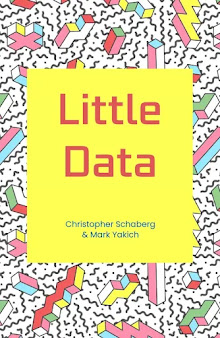
Stamaty may just call himself a cartoonist, but I find his work to be rife with literary-theoretical significance. I remember as a child being mesmerized by Stamaty's book Small in the Saddle (1975), a story that I now appreciate as a revisionist history of the American West as shrewd as Annie Proulx's Wyoming stories or Cormac McCarthy's Blood Meridian.

Then there is Stamaty's Who Needs Donuts? (1973), which explores ideas of solipsism, addiction, and connection in a consumer culture with as much ambition and layered meaning as David Foster Wallace's sprawling Infinite Jest.

As one more example, Stamaty's illustration of Frank Asch's story Yellow Yellow (1971) illuminates an urban ecology with an attention to detail and texture that now seems to have been anticipating contemporary forays into object-oriented ontology.

I'm drawing on memories from 30 years or so ago, but as I recall, this story is about a boy who finds a yellow construction helmet on the ground, and he puts it on and starts to walk around; the only problem is that it is adult-size, and so it partially covers his eyes—it gives the world a weird yellow hue, strangely magnified. Yet this obfuscation and yellowing of vision ends up turning the world magical and seen to be teeming with all sort of things, and complicating the barriers between living and nonliving, human-scale and frog-scale, built and organic. The conceptual boundary lines all become wonderfully blurry, and indicative of a flattened ontological plane replete with bricks and beetles and boys, nails and nuts and newspaper clippings, frogs and Formica, tangled string and two-headed turtles:

It's not that everything is jumbled and therefore matters less, or that the human character in the story becomes insignificant; rather, it's that everything takes on more meaning under the object-oriented spell of the construction helmet. And I won't give away the ending, but it involves the safety helmet having to be returned to its rightful owner...nevertheless, the boy discovers a way to stay in the vibrant realm of objects, anyway.

All images © Mark Alan Stamaty













